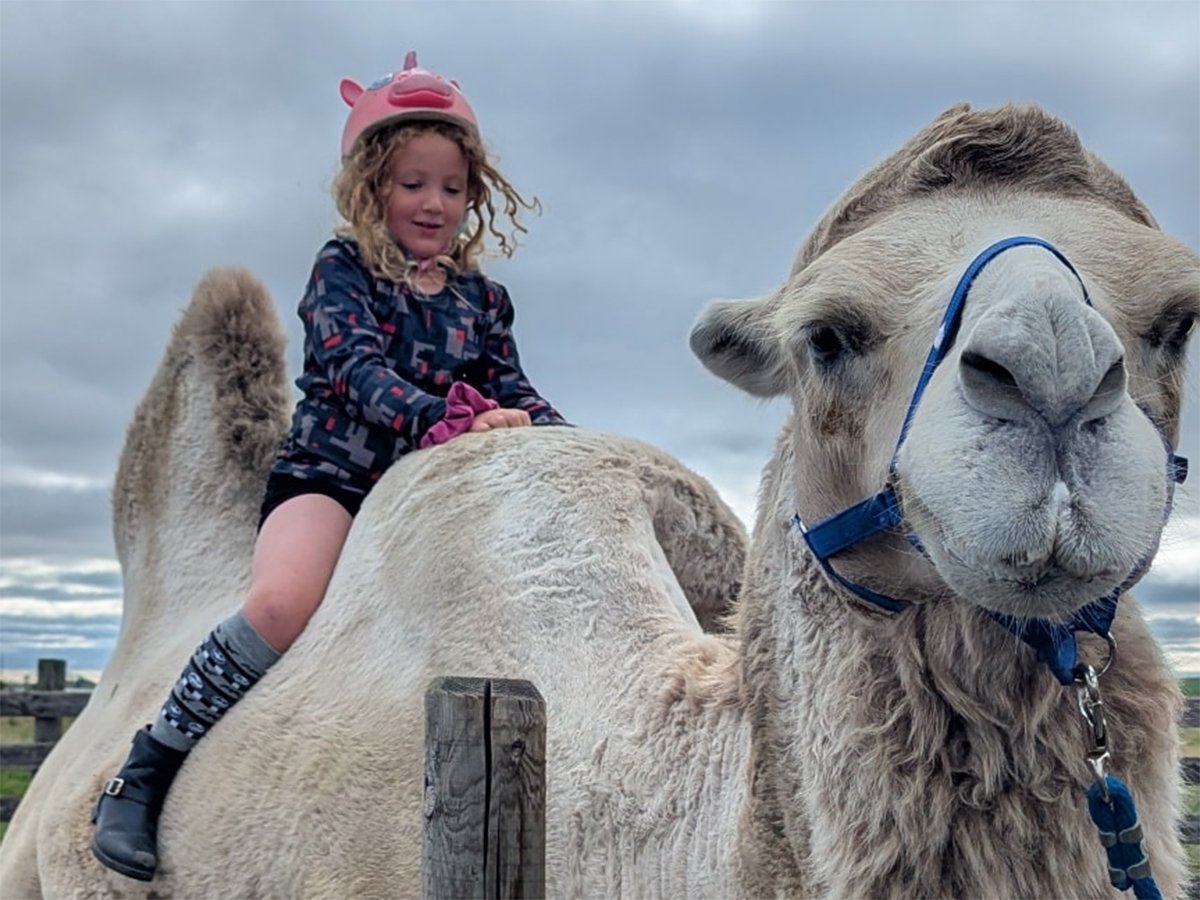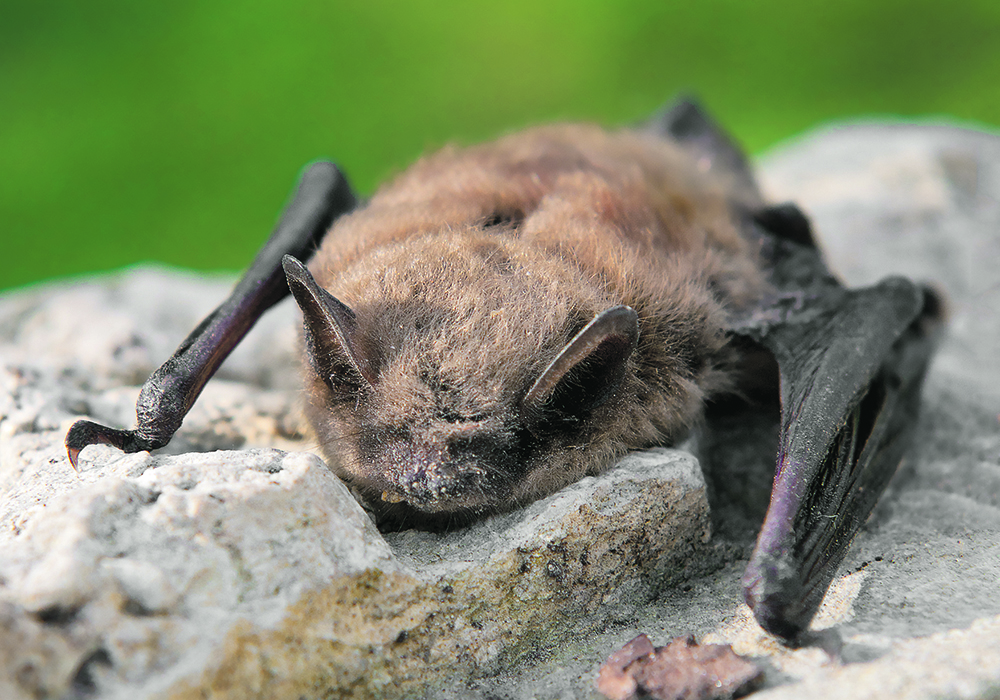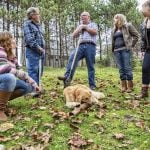Milk River Watershed Council Canada hopes to document the little brown bat population before white-nose syndrome arrives in Alberta
The dreaded white-nose syndrome, which has been a plague for bats across the continent, has yet to reach southern Alberta but a watershed group is preparing for its arrival.
Allison Choquette, wildlife and outreach technician at the Milk River Watershed Council Canada (MRWCC), said her organization is launching a survey of little brown bats along the Milk River and tributaries this year.
The group hopes to enlist help from the public and landowners in the region.
While white-nose syndrome has yet to be detected in Alberta, it has been found in Saskatchewan and Montana.
Read Also

Volunteers help exotic animal farm rebuild
Exotic animal farm loses beloved camel and pony to huge hail storm that gripped the Brooks, Alta. area as a community member starts a fundraiser to help the family recover from the financial and emotional damage.
“It’s kind of inevitable it will spread here eventually,” said Choquette.
The disease has hit little brown bat populations hard with the species listed as “at risk” in many regions. Alberta designated it as an endangered species late last year.
“The eastern populations (of little brown bats) have been hit hard by the syndrome, which is a fungus that grows on their snouts and their wings when they hibernate,” said Choquette. “It rouses them from their hibernation.”
Premature awakening from hibernation causes the bats to use their fat reservoirs at a time when they are unable to feed on their usual diet of insects, she added.
“The fungus hasn’t reached Alberta yet but it’s spreading pretty fast,” said Choquette, stating it’s expected to be found across Canada in the next 15 years.
“Since it hasn’t reached us yet, we wanted to take the opportunity to document little brown bat populations in the watershed because there hasn’t been much research done to document important roost sites or hibernacula use by these bats in the watershed.”
With much of those areas located on private land, Choquette said MRWCC hopes to recruit local farmers and ranchers to help.
If a producer finds a dead bat, MRWCC would like them to contact it, but more importantly, the group is hoping to garner local knowledge of the habitats and be able to access them.
The group also hopes that by identifying bat populations in old structures on rural properties, it may be able to find new homes for the bats if those buildings are going to be knocked down.
“You can evict bats. There are proper ways to do that but it is more so the timing,” said Choquette, adding breeding and rearing periods can be especially sensitive. “By putting out bat houses months, even a year beforehand, it gives the bats an alternative living situation.”
Choquette said they have received help from some landowners but the group hopes to get at least 50 more to participate. Those who do will receive a bat house from MRWCC.
The little brown bat provides benefits to the agricultural sector.
“One little brown bat alone can eat up to a thousand insects per night — and this is the smallest of the bats. Just imagine the bigger bats,” said Choquette. “So, they are really important for pest control. They eat everything from mosquitoes, flies, midges, moths so they really help to keep pests down and that keeps costs down for farmers in terms of pesticide use.”
Identifying the locations of bat habitat will also help prevent the human spread of the disease, which can be caused by recreational cave explorers and hikers who may visit multiple bat habitat sites.
Choquette said landowners who want to help should visit the MRWCC website for information.


















